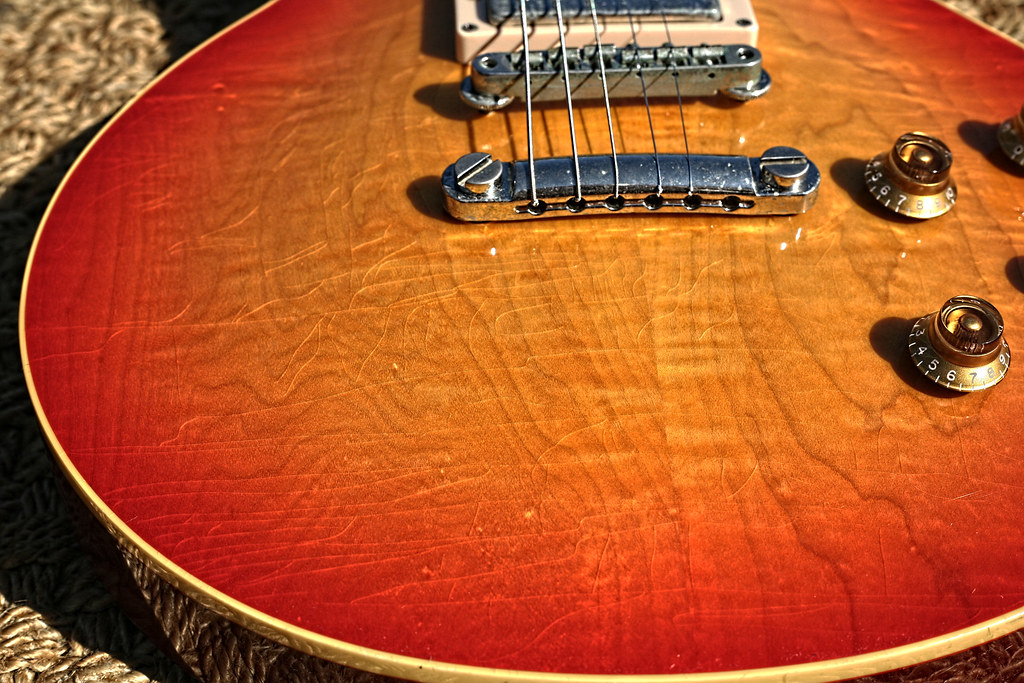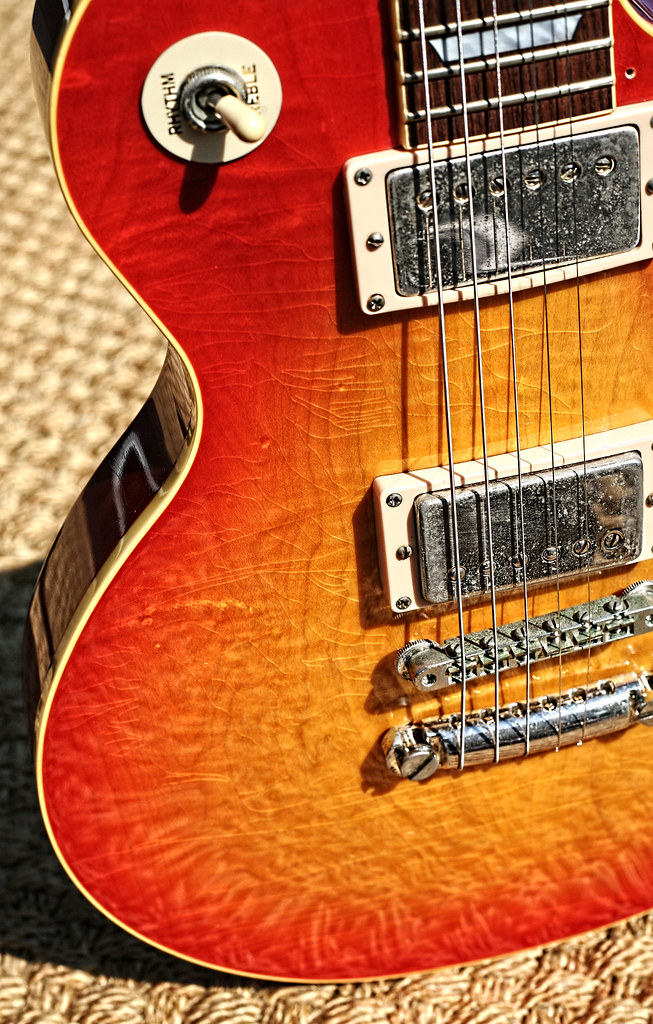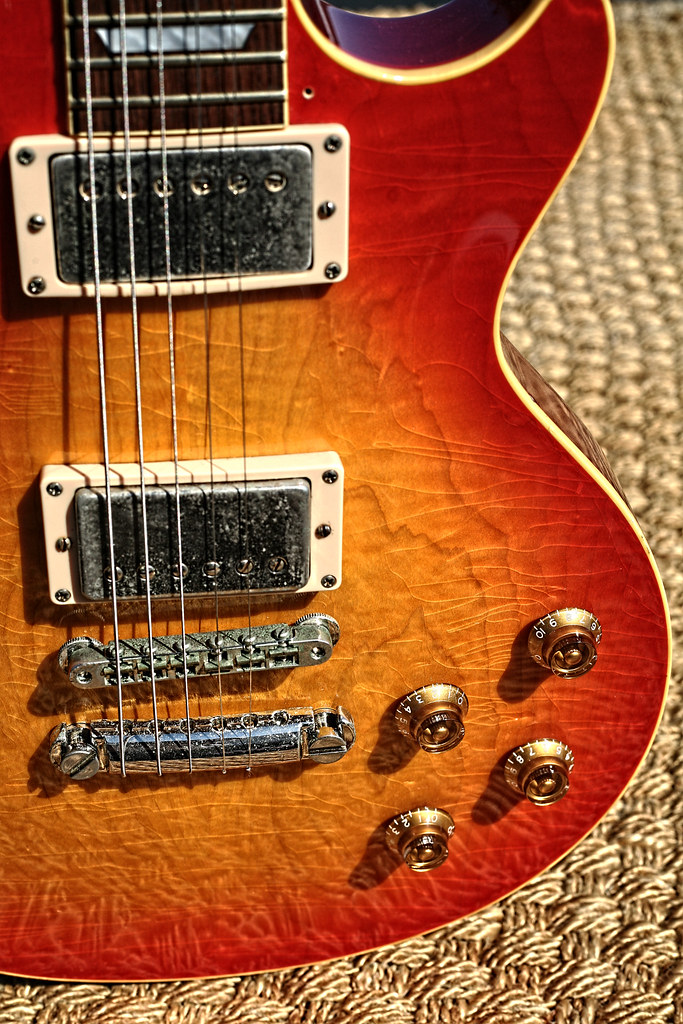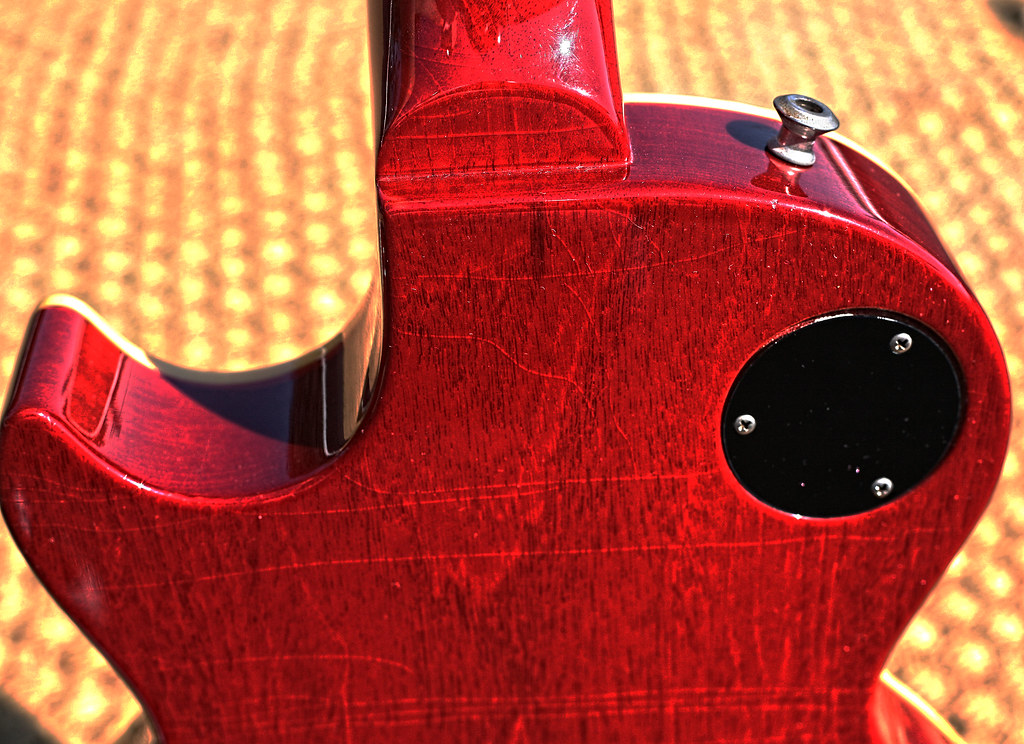marcusnieman
Well-known member
This thread is really getting tiresome :roll:

marcusnieman said:This thread is really getting tiresome :roll:
JVsearch said:Then why do you read man!? :lol:
marcusnieman said:This thread is really getting tiresome :roll:
sneakyjapan said:why don`t you all ask Myth Busters to do a segment on the poly/lacquer thing so this can be put to rest for good. Maybe they can do tenon lengths too so there will be no need to start threads on that sillyness anymore as well.







Stone Free said:Now, the Tokai catalogue states "lacquer" for the finish. I don't really know what that means in this context. Does this mean nitro?
Is it a mixture?
So, nitro vs. lacquer, that is the question!
Stone Free said:He stated that the undercoat is poly, while a thin layer of lacquer (nitro?) is put on top. Mind you, this is what HE told me.
Agreed!JVsearch said:Bah, don't let it bother you - the weight of opinion seems to be that for tone it's better to have a thin finish, and it doesn't matter what it's made of.
I`m afraid a coat of nitro is as impervious to moisture(I presume this is what you mean by the wood "breathing")as a coat of poly,Besides who wants a guitar to breathe especially if it has bad breath!.Youll be wanting your guitars to fart next! :wink: Gabe.Stone Free said:Felix and JV: Very informative and exactly what I was wanting to know. Darn, it's a shame about the poly undercoat on my LS145S and ES135.
Don't get me wrong, they play, sound and look great, but with nitro it would allow the wood to breathe and allow its tone to be more present,
plus the ageing factor too.
Felix, I've had that link for years and was always puzzled by the Lacquer Finish designation.
Again, thanks to you both for clearing this up!
Stone Free said:From what I understand, poly MUCH more readily fills in ALL the gaps/holes/fissures (i.e. penetrates it more) in the wood, thus keeping manufacturers from not having to put on multiple coats of, say, a nitro finish. This would apparently seal the guitar's wood even more, I would think, thus altering the tonal complexity of the wood (the latter, of course, a huge factor in its type/age ...). Seems a thin coat (or two, idk) of nitro would allow the inherent qualities of the wood to better present itself tonally for not being completely filled in and "choked," for lack of better adjectives.
Hence my reference to "breathing." A completely sealed poly guitar would seem to wind up interacting differently to PUPs, ageing, climate, ... than a nitro one.
Just tryin' to be logimical, ya know.




Enter your email address to join: